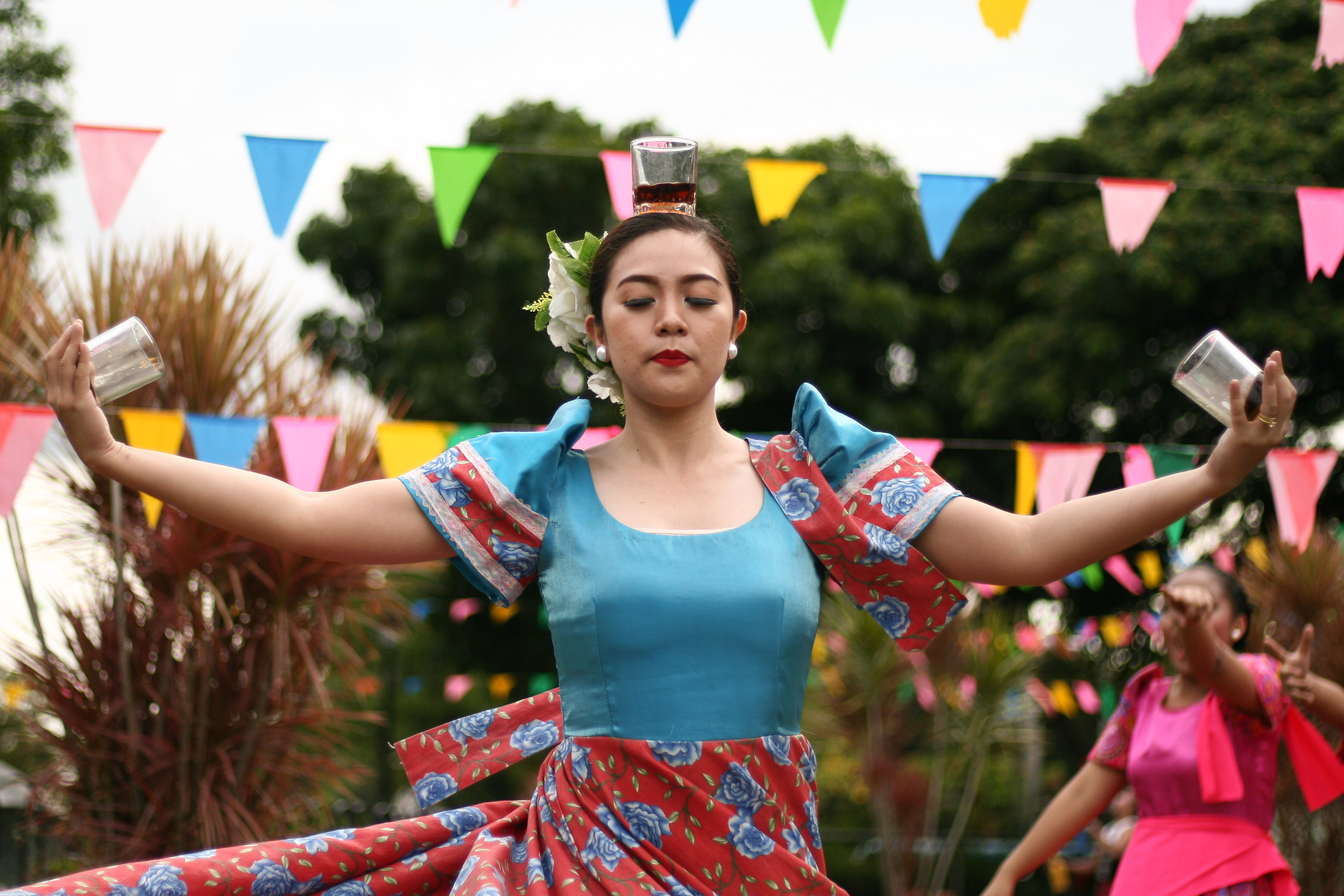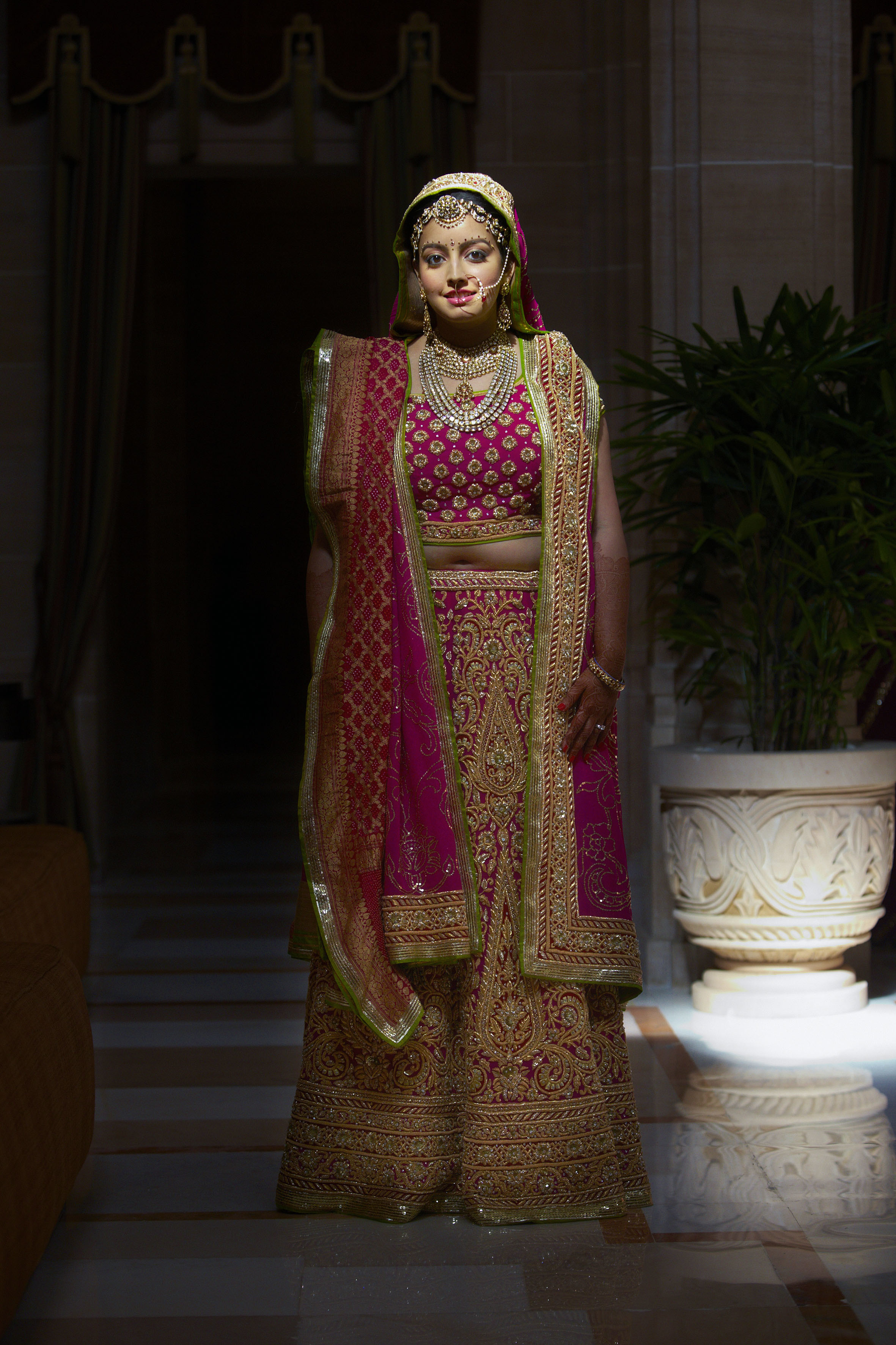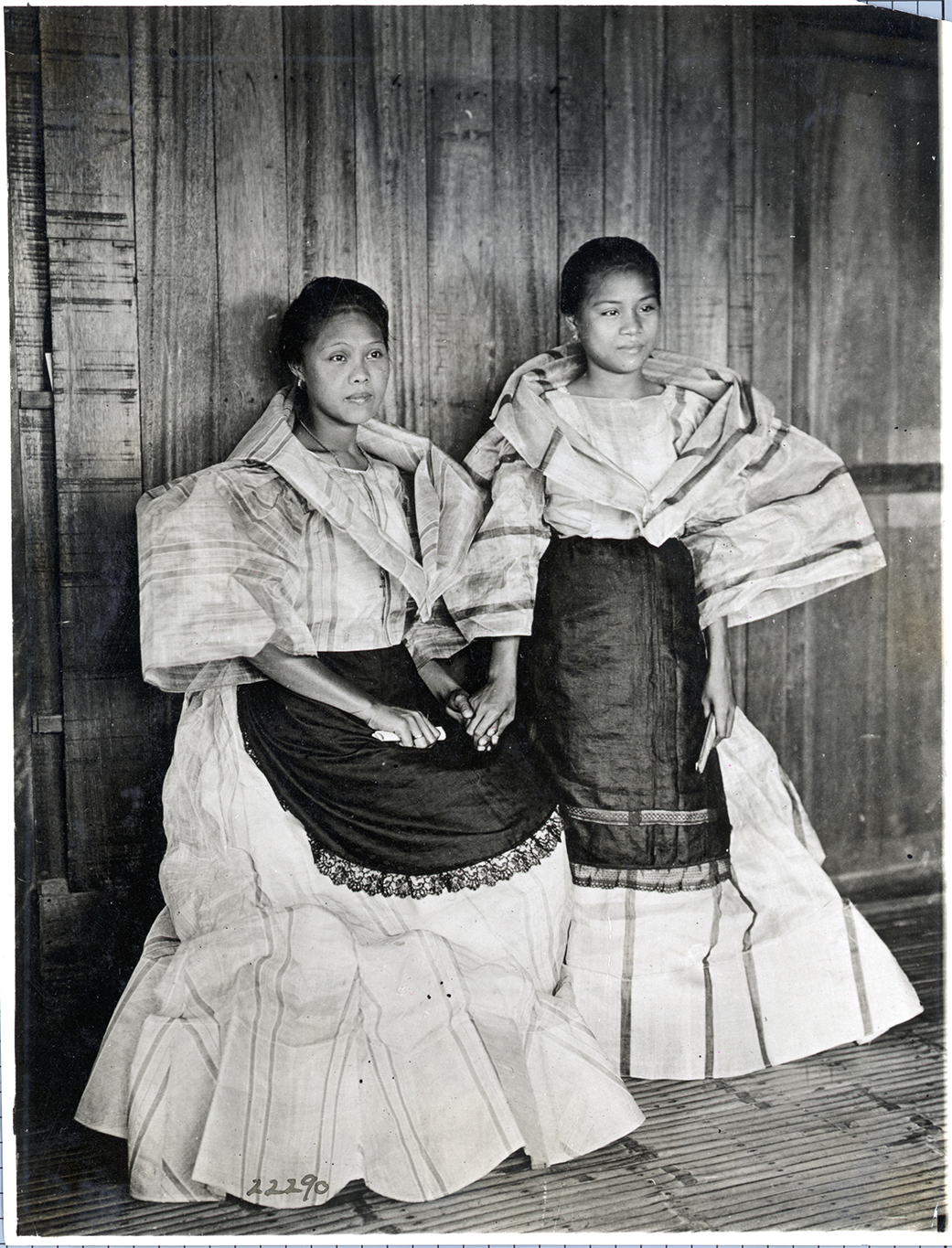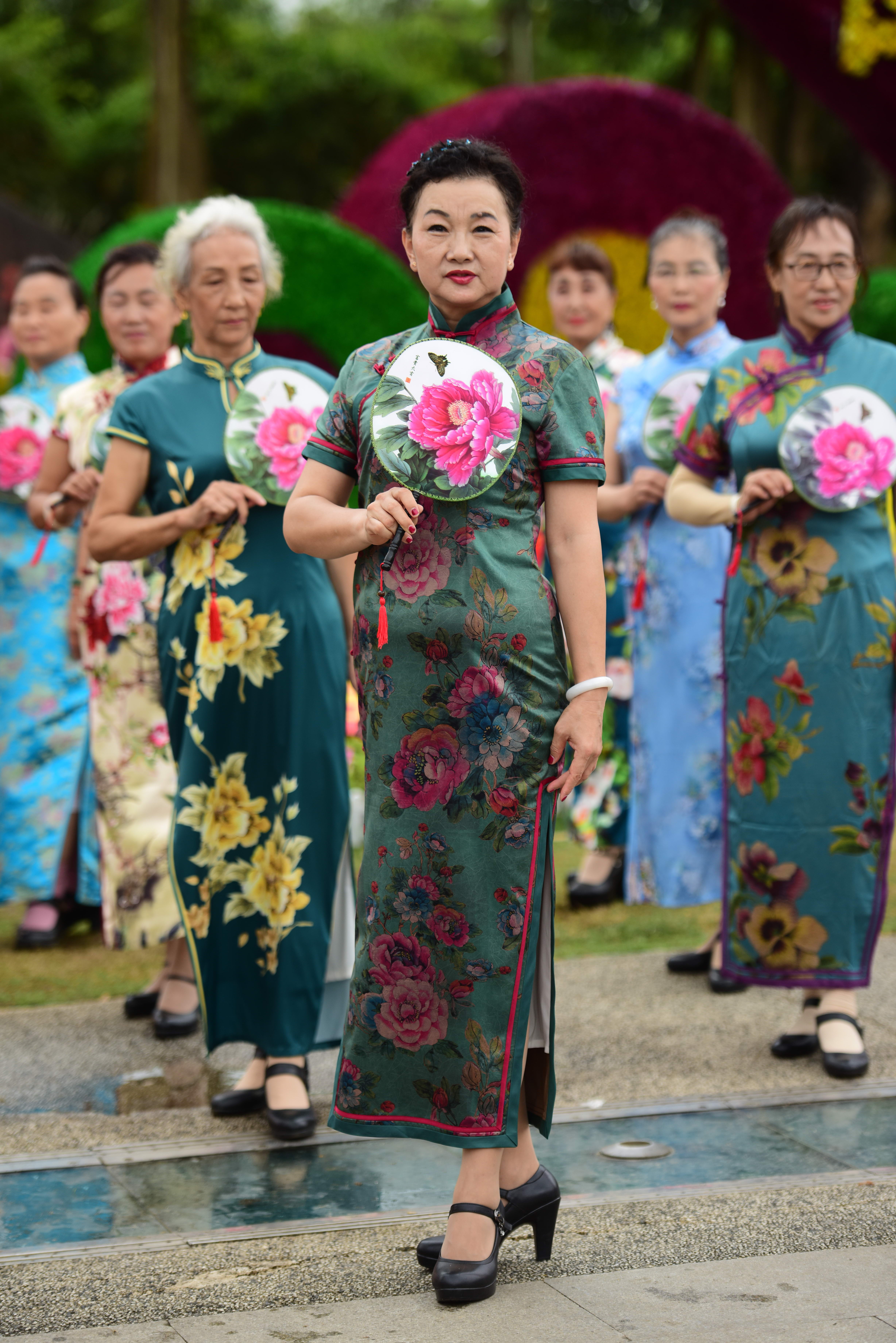
This Asian Pacific American Heritage Month, we're taking extra time to reflect on the region's influence and cultural significance. Asian Americans and Pacific Islanders—AAPIs for short—include anyone descending from the Asian continent and the Pacific islands existing within Melanesia, Micronesia, and Polynesia. That's a lot of cultures wrapped up in such a tiny descriptor, and notably, many of these nations have proven to be powerhouses in affecting the tides of the fashion industry. The region has birthed an army of brilliant designers, been responsible for the pop-culture phenomenon behind the real crazy rich Asians (I guess we now know who's buying couture off the rack), and has had its long history act as the source material for many of the clothing trends we see today.
In honor of Asian Pacific American Heritage Month, we're taking the question of where our clothes really come from to heart. More than just considering the ethics behind how your clothing is produced, investigating where your clothes come from also connects you to their design origins. In a political climate like the one we're in now, and in a fashion market that grows in international scope by the day, it's more important than ever to take stock of the heritage of our clothing. We could always use an extra primer for the purpose of understanding the difference between celebrating and referencing a culture's traditions (clothing included) to avoid the misstep of unintentionally appropriating it.
We've shed some light on some of Asia's most well-known traditional dresswear with a brief primer on how you can celebrate these looks yourself in a respectful way. Knowledge is power, so arm yourself with some newfound history below.
India: Lehenga Choli

The Look: The idea of an Indian wedding sparks images of lavish ceremonies consisting of multiday events and colorful sarees. But where sarees are often today's more common garment, a lehenga marks a bride. The traditional lehenga choli is comprised of three pieces, a long skirt (lehenga), a well-fitted blouse (choli), and a dupatta, a sari pallu that can be draped in various fashions and often covers the midriff and head. Like most of India's formal attire, lehengas are typically rife with color and intricate embroidery.
The History: A simplistic version of the lehenga choli is believed to have risen in popularity in North India during the 10th century, later evolving into an opulent style in the 16th century throughout the Mughal era. In states like Rajasthan and Gujarat, women of all ages and social classes adopted the garments.
When the independence movement struck in the 1800s, Indian woman taking part in the freedom revolt against the British empire began opting instead for the saree, romanticizing it as their unofficial uniform. Lehengas took a back seat, left to rural areas that were secluded from the impact of the freedom struggle.
It wasn't until the 1990s that lehengas experienced a reemergence in pop culture. Indian fashion designers began to reinvent the garment for Bollywood films, dressing celebrities in elaborate lehengas during wedding scenes the sparked a new enthusiasm for the style. Designers began experimenting with more modern skirt silhouettes.
By the 21st century, the age of fusion styles was ushered in, resulting in a new era of the lehenga choli. You can now find lehengas-saree mashups, Western-inspired skirt shapes, anarkali-lehengas, and a growing trend of swapping in crop tops for the traditional choli.
How to Wear It: Anita Dongre has been at the forefront of the Indian couture industry since the '90s. Among her many contemporary brands, she also runs an atelier for prêt-a-porter and made-to-order lehengas. I had the chance to visit her at her New York flagship last year where she touched on the nuances of the modern lehenga. She's been embracing and revolutionizing fusion styles, taking to mind that the brides should have the freedom to wear what they feel best in.
As more cultural crossover weddings occur, so do brides' desires for more unique ensembles. A common request is a lehenga in white, shirking traditional bold colors, to emulate Western wedding gowns. If you do find yourself wanting to wear a lehenga for an event, skip mass-made products and research your designers. To celebrate rather than appropriate the Indian formalwear is to acknowledge the tradition of the fine craftsmanship behind it.
Philippines: Baro't Saya

The Look: If the name sounds familiar, that may be your high school Spanish kicking in. The Tagalog phrase Baro't saya translates literally to "blouse and skirt." The heavily Hispanic-influenced ensemble is a feat of layering consisting of a blouse (camisa), shawl (panuelo), long skirt (saya) and an overskirt (tapis).
The History: Colonized by Spain in the early 1500s, the archipelagic country encountered a massive cultural shift thanks to the European power's Christian crusade. Due to being located in a tropical region, pre-colonial Filipino clothing was minimal, reflecting the year-round hot climate. Under the Spaniards rule, Catholicism and conservatism began shaping new cultural norms, one that heavily targeted Filipino women’s clothing. Thus was born the baro't saya.
By the 1800s, the full integration of Hispanics and global trade evolved the baro't saya into the terno (also known as the Maria Clara). The new silhouette adopted a more complex and regal appearance with the introduction of cuffed bell sleeves, often referred to as "angel wings," and a more voluminous skirt.
While the terno never truly disappeared throughout the 19th and 20th centuries, "Queen" Imelda Romualdez Marcos, the First Lady of the Philippines from 1965 to 1985, revived the terno, cementing it as the formal attire of choice for upper society.
How to Wear It: Today, the baro't saya and terno are still a common sight. They're worn by women of all ages for multiple occasions, from dance performances to formal events and cultural celebrations. But there's also been a renaissance of modernizing the ensemble for the younger generation.
Emerging Filipino designers are inventing fresh twists to revive the terno, a movement that continues to grow with funded design competitions. Filipino beauty pageant contestants can often be seen wearing traditional ternos on-screen and more modern versions during publicity events (as seen on Miss Universe Philippines 2018, Catriona Gray, above). With puffy-sleeve trends on the rise, you may already be adopting the terno into your everyday wardrobe without even knowing it.
China: Qipao

The Look: Glamorized in films from the late '50s and early '60s, the qipao, or cheongsam, quickly became an internationally recognized fashion symbol of Chinese women. A unique design, the dress is well known by a Mandarin collar, silk or jacquard brocade fabrics, embroidered florals, and Chinese knotted buttons.
This History: The modern qipao we're familiar with today traces back to Shanghai circa the 1920s. In response to a growing revolt against traditional values and a desire to adopt Western standards, the dress was often worn with heels and Western fashion accessories. As an unprecedented amount of women were being allowed into the educational system around this time, both as students and teachers, the qipao was adopted as a more practical approach to daily clothing, taking inspiration from the changpao, a popular garment for men. Eventually, the popularity of the dress spread to other thriving Chinese metropolises like Beijing, Hong Kong, and even further towards Taiwan.
Heading into the midcentury, the qipao fashion continued to change with the emergence of Chinese women's independence and sexuality. The shaped became more fitted, the occasional side slit was introduced, and while the tentpoles of the style remained, women began to play with more geometric prints.
However, with the rise of Chinese communism in the 1940s, the qipao began to disappear as the new government's egalitarian ideology spurned fashionable clothing and women began maintaining simpler dress. But just a ferry ride away, the qipao lived on in Hong Kong, which remained under British rule. By the 1950s, the dress was internationally recognized as a Hong Kong affiliated staple, commonly featured in movies like The World of Suzie Wong. But as trends rise and fall, come the end of the 1960s, Western-style fashion had taken over relegating the qipao to history.

How to Wear It: While older Chinese women will often reserve their qipaos for formal occasions, the dress is still a popular style today. Over the decades, the fashion world has routinely attempted to give the qipao a modern revival. (Let's not forget how rampant the style was on every red carpet in the 2000s.) Even now, a quick perusal through fast-fashion sites will have a few takes on the column dress. True, the qipao originally served to echo the newfound independence of Chinese women and was an adaptive garment meant to keep up with the times, but that doesn't take away its deserving cultural respect. Designers often run a slippery slope between creating fun takes on the dress and reinforcing the over-sexualized, fetishization of the "Oriental woman" Chinese women were once beholden to. Embrace the beautiful dress design, but be mindful of selecting over-the-top, cheap designs with hemlines that seem suspiciously short, the addition of kimono reminiscent sleeves, and any website that still has the audacity to refer to them as "Oriental designs."
Up next: 21 Asian designers who have changed the fashion industry.
Ray Lowe is a contributing editor for Who What Wear. She's spent the last decade living in New York, but now that she professionally works from home, she's slowly been going back to her roots by splitting time between NYC and L.A. A year ago, she left a four-year stint as a fashion editor for Refinery29 to explore the freelance life. Nowadays, she does just about everything from penning online articles (for Who What Wear, Refinery29, Elle, Cosmo, and many more) to writing scripts, styling, and finding ways to fuse her love for both Disney and fashion. Her main beat is fashion (trends, emerging brands, affordable finds, you name it), but you may find her dropping in with a beauty story every now and then. As for her personal style, she'd best describe it as a balanced blend of basics and contemporary trends, often with a dash of Mickey Mouse thrown in for good measure. In her spare time, she can be found coddling my pets (a French bulldog and a rescue cat), curating travel itineraries for her friends, scrolling through Instagram for up-and-coming brands, and watching so-bad-they're-good films.